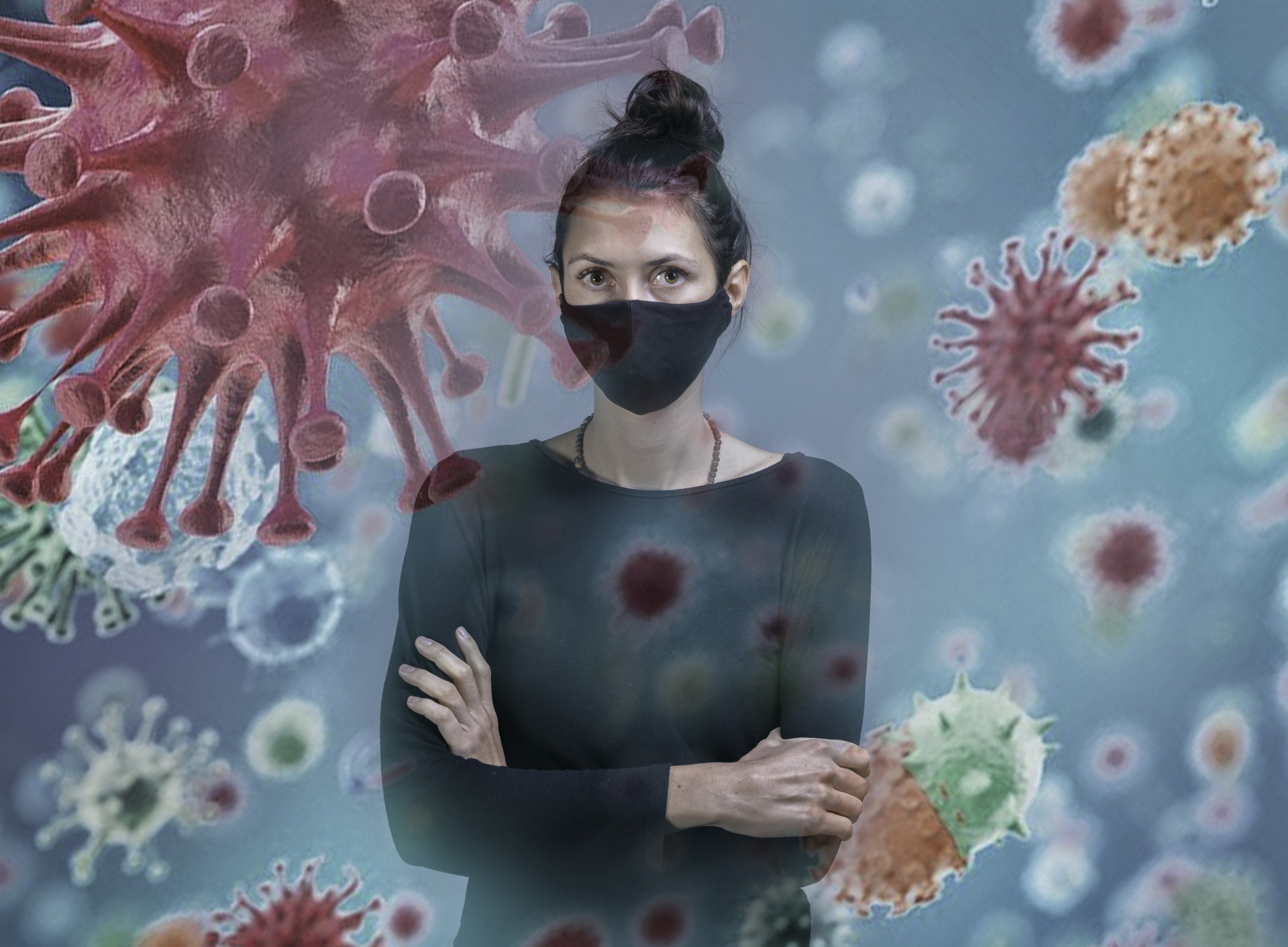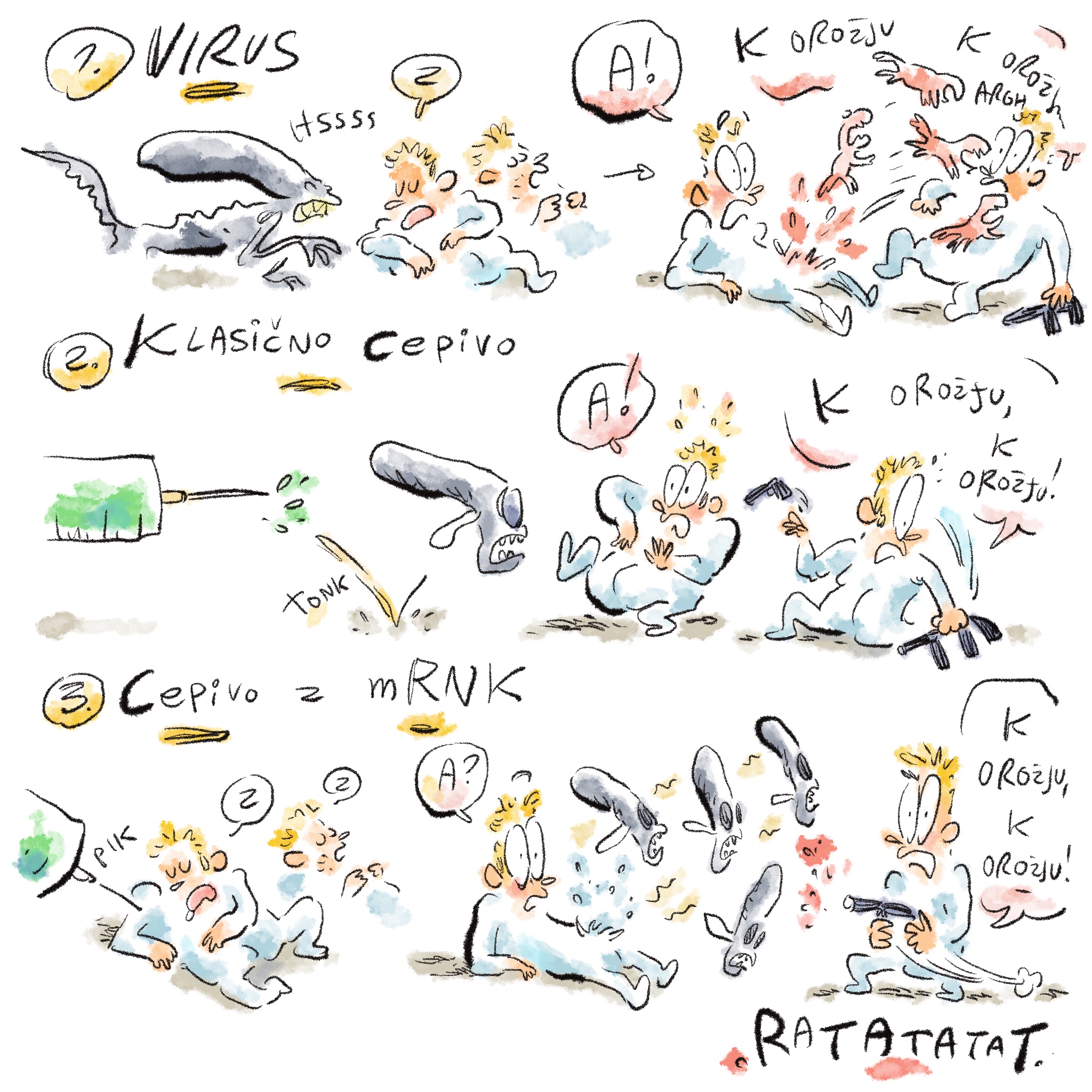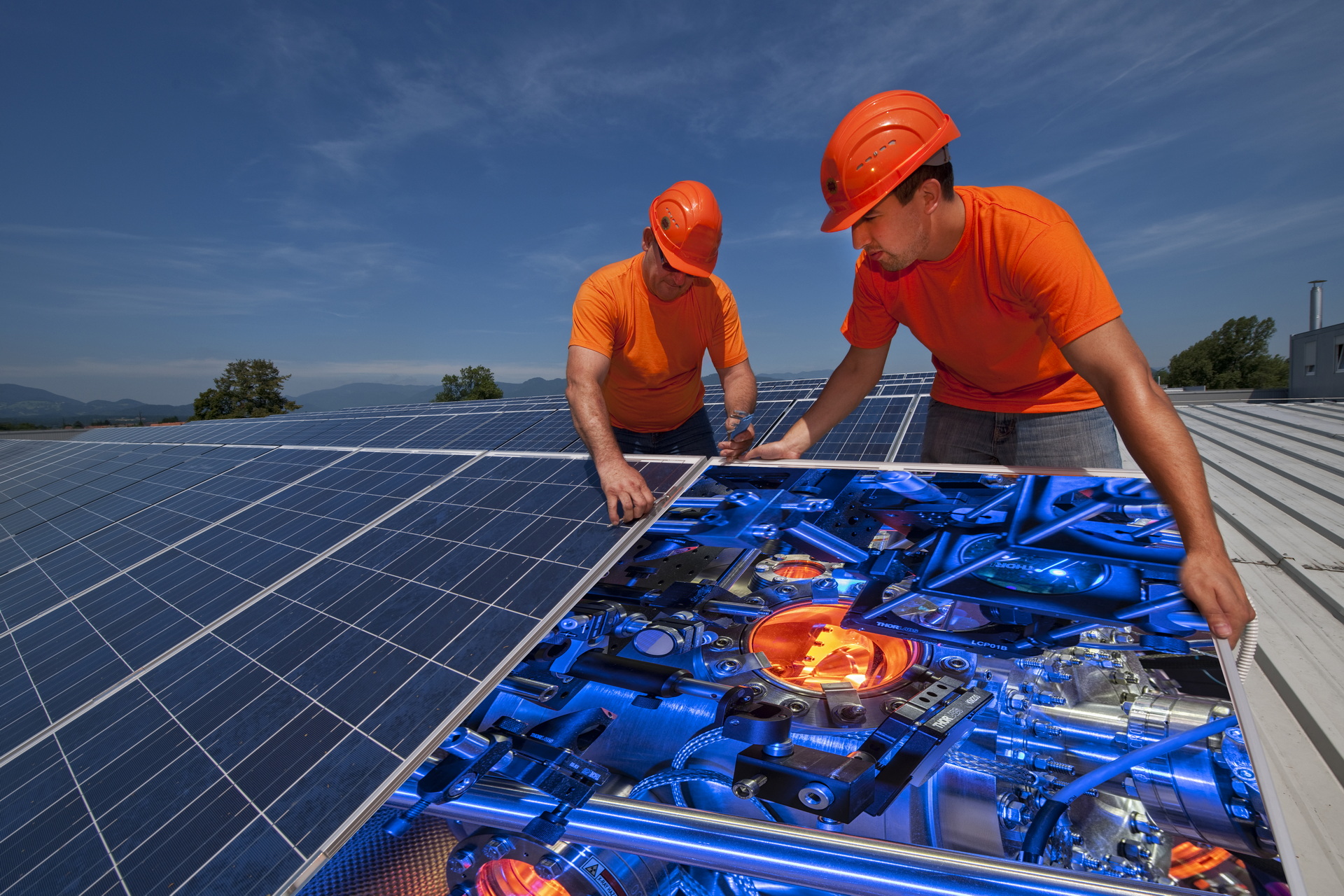During the Covid-19 pandemic, face masks have become our daily companions. Masks were used for protection as early as antiquity. For example, the Romans knew that masks made of animals' bladders protected wearers from poisonous particles while working in mines. Over the centuries, masks have been used for other purposes as well but it was only in the late nineteenth century that people realized the potential of masks to curb the spread of certain infectious diseases. At first, masks were made of textiles such as cotton, and were not particularly effective, mainly due to the poor quality of the material and the general lack of knowledge about how diseases spread. The first disposable (single use) masks, as we know them today, were produced in the 1960s and have become an indispensable part of personal protective equipment (PPE) in the medical sector.
At the onset of the Covid-19 pandemic, the world faced a dire lack of PPE, and in particular face masks. As studies quickly demonstrated, the SARS-CoV-2 virus primarily spreads through droplets (aerosols) that are released when breathing, talking, and coughing. Therefore, masks are the first line of protection to slow the spread of the virus. They act as a barrier against the dispersion of droplets and at the same time protect the wearer against the aerosols already present in the surrounding air. The term aerosol includes not only droplets but all particles, liquid or solid, that float in the air.
There are several different types of face masks, each for a specific use. We can categorize masks as full facepiece respirators, filtering half masks, surgical (medical) masks, and cloth and other types of non-medical masks. Full facepiece respirators cover the entire face and are used in situations where harmful aerosols could potentially reach the eyes, nose, or mouth of the wearer. For example, such masks are used by firefighters when putting out fires. During the pandemic, this type of mask was used by medical workers when treating contagious patients. The protection of the eyes is important as the virus infects people not only through the respiratory system but also upon contact with the eyes. Filters on full facepiece respirators essentially filter all aerosols and are an extremely efficient means of protection. Filtering half masks that are used by people working in situations where high concentrations of harmful aerosols are present offer a similar degree of respiratory protection (but do not protect the eyes). Apart from use in the medical sector, such masks are used, for example, in woodwork and metalwork (masks in these cases are not designated as medical equipment). These masks cover the mouth and the nose, and use passive filtration mechanisms to protect the wearer. In Europe, the standard EN 149:2001+A1:2009 regulation for filtering half masks states that masks designated as FFP2 should filter at least 94% of particles (similar to the American N95 masks and Chinese KN95 masks), while FF3-type masks should filter at least 99% of particles. Clearly, the mask must be worn properly – otherwise they may give the wearer a false sense of security. During the pandemic, FFP2 and FFP3 masks have been used by healthcare professionals who are in contact with Covid-19 patients.
Medical (or surgical) masks, the primary function of which is not the filtration of aerosols, are far more common. The function of medical masks is to serve as a barrier that prevents the wearer from spreading droplets (which is essential in the case of a surgeon operating on a patient), and at the same time protects the wearer from the potential spray of body fluids. Medical masks typically have a layer that is resistant to liquids. Here we should also mention non-medical masks. Some of these resemble medical masks but have not undergone the certification process. Cloth masks have also become popular. These masks are not classified as medical equipment but nevertheless help to prevent the spread of the virus in low-risk situations such as trips to the grocery store. At the onset of the pandemic, health authorities recommended that the general population wear cloth masks in order to prevent shortages of medical masks for health workers.
What are the mechanisms that a mask uses to remove particles from the air? A naïve response would be that a mask operates as a very fine sieve with holes so tiny that the particles cannot pass through them due to their size. But that is not how masks work. The mask filter is composed of a dense mesh of thin fibres usually made of polypropylene. When aerosol particles pass through the filter, the fibres catch them. This happens in different ways. The largest particles get stuck in the dense mesh of the filter. Smaller ones get close to the fibre and adhere to it. When the air passes around the fibre, particles follow the airstream. If a particle hits the fibre in this process, it gets caught. This mechanism is called interception. In contrast, a larger particle cannot follow the contour lines because of its inertia and hit the fibres instead. This mechanism is called impaction. Smaller particles will find it easier to adjust to the airstream lines but nevertheless often hit the fibres because of their Brownian motion (namely, the random motions of aerosols that are the result of collisions with molecules in the air). The second important mechanism that helps with filtration is due to electrostatic interaction. Because of the production process, polypropylene fibres are covered with a static electric charge. This charge creates an electric field that acts on the charged particles, or induces a dipole moment in non-charged particles. The resulting electric force slows the particles down, increasing the probability of particles getting caught in the mesh through one of the above mechanisms. The filtering material of medical and FFP-type masks is much finer than that of non-medical masks (which also have no static charge), making them superior in filtering performance.
In March 2020, our research team at Jožef Stefan Institute was contacted by Mladi zdravniki (a Slovenian association of young doctors). The shortage of PPE had forced them to improvise with alternative means of protection. However, even alternatives had to be checked for their efficiency. Accredited labs use different techniques to assess the efficiency of particle removal. In the EU, these tests are typically carried out using NaCl aerosol, with particles ranging in size from 10 nm and 100 µm (with an average size of 300 nm). Other methods use latex spheres with a diameter of 100 nm, KCl aerosol, etc. Bacterial filtration is tested using the Staphylococcus aureus bacteria, which are approximately a micrometre in size. As the waiting lines for accredited laboratories were long, we decided to assemble a testing setup in our laboratory using the equipment we had on hand. We placed a manikin head into a dedicated chamber and exposed it to the quartz aerosol provided by a special generator. The quartz powder had a large particle size distribution. We sampled the air from the mouth of the manikin head and analysed it using a nanoparticle detector (a scanning mobility particle sizer). This detector allowed us to measure the number and concentration of particles from 12 to 570 nm in size. By way of comparison, the SARS-CoV-2 virus size ranges from 50 to 200 nm. Comparing particle concentration measured on a head manikin wearing a mask and on a person not wearing a mask, we determined the overall particle removal efficiency and then the efficiency for particles of different sizes.
We used this method to test several types of masks. First, we were interested in improvised masks. A modified snorkelling mask with a filter attached to the snorkel looked promising. However, even when the particle filtration was adequate, such masks had a problem with CO2 retention due to the large "dead volume" within the mask. Because of this, these masks were quickly deemed inappropriate for practical use. In contrast, a modified gas mask (where we replaced the heavy smoke filter with a smaller one) functioned well. We tested a series of filtering half masks, and it soon became clear that it was absolutely crucial that the mask be worn correctly. When the mask was not put on properly, the filtration efficiency dropped significantly. We also noticed that masks are typically designed to fit the head of an adult man, which may be problematic when women or children use them – the fit to the face likely being worse in these cases. Finally, we tested a series of cloth masks where the proper design of the mask turned out to be crucial. We separately tested a range of fabrics and concluded, that in terms of cotton materials, poplin fabrics are better than tetra, but that cloth masks are inferior to medical masks in terms of filtration efficiency.
Finally, we studied the use of ionizing radiation as a method of sterilizing masks. This would allow us to mitigate potential future shortages in mask production. We studied FFP2 and FFP3 masks irradiated with gamma or beta rays. We conducted gamma irradiation at the experimental nuclear reactor TRIGA at JSI and beta irradiation using an electron beam at a commercial facility engaged in the sterilization of medical equipment. A standard dose of 20 kGy was used, which is sufficient to sterilize the material. We discovered that both methods causes the filter material to lose static charge, resulting in an approximately 15% reduction in particle removal efficiency. However, if the charge is reapplied, the filtration efficiency almost returns to initial values. Irradiation did not change the chemical composition of the material but rather deteriorated its mechanical properties. Thus, we estimated that a mask can be sterilized twice with a standard dose of 20 kGy. The advantage of this method of sterilization is its simplicity and efficiency. It should be noted that it is suitable for large-scale and not individual use.
Masks offer protection and slow the spread of infections among the general population but only when they are used properly. Nevertheless, we must continue to focus on other measures for preventing the spread of the virus such as frequent hand washing and improved ventilation.















